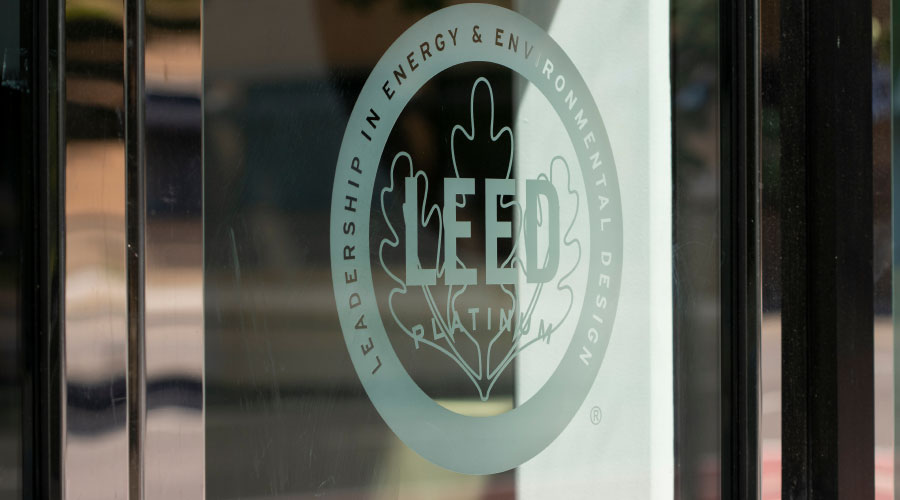Supreme Court: EPA Can Regulate Carbon Dioxide
In a decision that could lead to the eventual regulation of carbon dioxide emitted by buildings, the U.S. the Supreme Court has ruled 5-4 that carbon dioxide and other heat-trapping emissions are “air pollutants” under the Clean Air Act, and that the U.S. government already has authority to start curbing them.
By CleanLink Editorial Staff
In a decision that could lead to the eventual regulation of carbon dioxide emitted by buildings, the U.S. the Supreme Court has ruled 5-4 that carbon dioxide and other heat-trapping emissions are “air pollutants” under the Clean Air Act, and that the U.S. government already has authority to start curbing them.
The Supreme Court’s decision, in Massachusetts v. EPA, is a blow to the Bush Administration, which has fought against regulating carbon dioxide.
“Today the nation’s highest court has set the White House straight. Carbon dioxide is an air pollutant, and the Clean Air Act gives EPA the power to start cutting the pollution from new vehicles that is wreaking havoc with our climate,” says David Doniger, NRDC’s attorney in the case.
In 2003, EPA ruled that it had no power to curb emissions of carbon dioxide and other heat-trapping chemicals. In a majority opinion written by Justice John Paul Stevens and joined by Justices Anthony Kennedy, David Souter, Ruth Bader Ginsburg, the court ordered EPA to make a fresh decision on regulating carbon dioxide.
Chief Justice John Roberts filed the dissenting opinion, in which Antonin Scalia, Clarence Thomas, and Samuel Alito joined.
The Supreme Court’s decision comes as Congress is moving into high gear on new legislation to cap and reduce global warming pollution from all major sources across the economy
And major U.S. businesses are supporting limits on heat-trapping emissions. This January NRDC joined General Electric, DuPont, BP and several other businesses and environmental groups in the U.S. Climate Action Partnership, which endorses substantial, enforceable limits on global warming pollution.
The High Court decision is likely to help forge consensus in Congress for new and more comprehensive global warming legislation, NRDC says. “The prospect that EPA will act under today’s Clean Air Act may light a fire under some industries that have been standing in the way,” Doniger says.
“We’ve now broken a major legal logjam on this issue, and this will be the year that the political logjam is broken, too,” Doniger added.
Related Topics:











